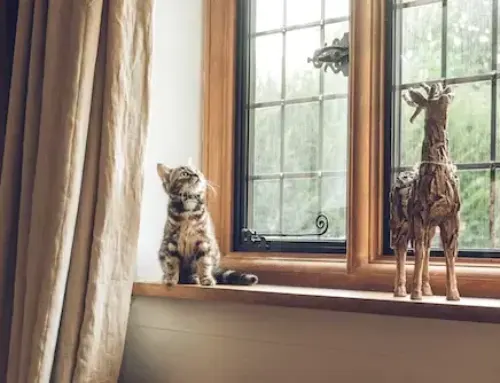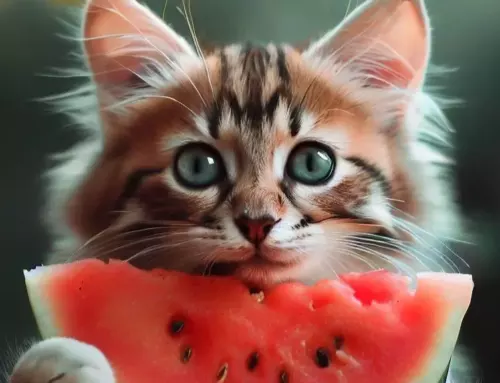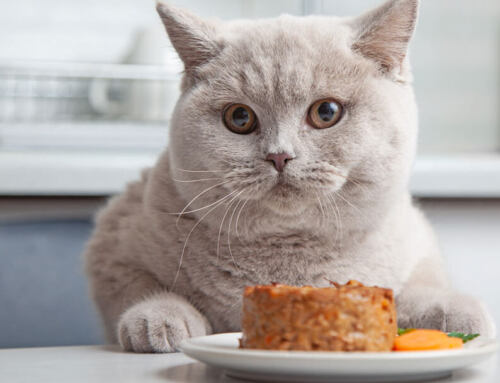Have you ever wondered why your feline companion makes a distinctive humming sound? The reason behind it is the process of purring. Many cat owners are curious about this phenomenon, so in this Why Do Cats Purr: A Comprehensive Guide, we will dive into the science behind it, different theories, and what it means for your cat.
Cats are fascinating creatures, and their purring is one of the most intriguing behaviors they exhibit. Purring is a low-pitched sound that your cat makes when they are relaxed and content, but it can also occur when they are stressed or in pain. Understanding why cats purr is essential to having a deeper connection with your feline friend.
The Evolution of Purring in Cats
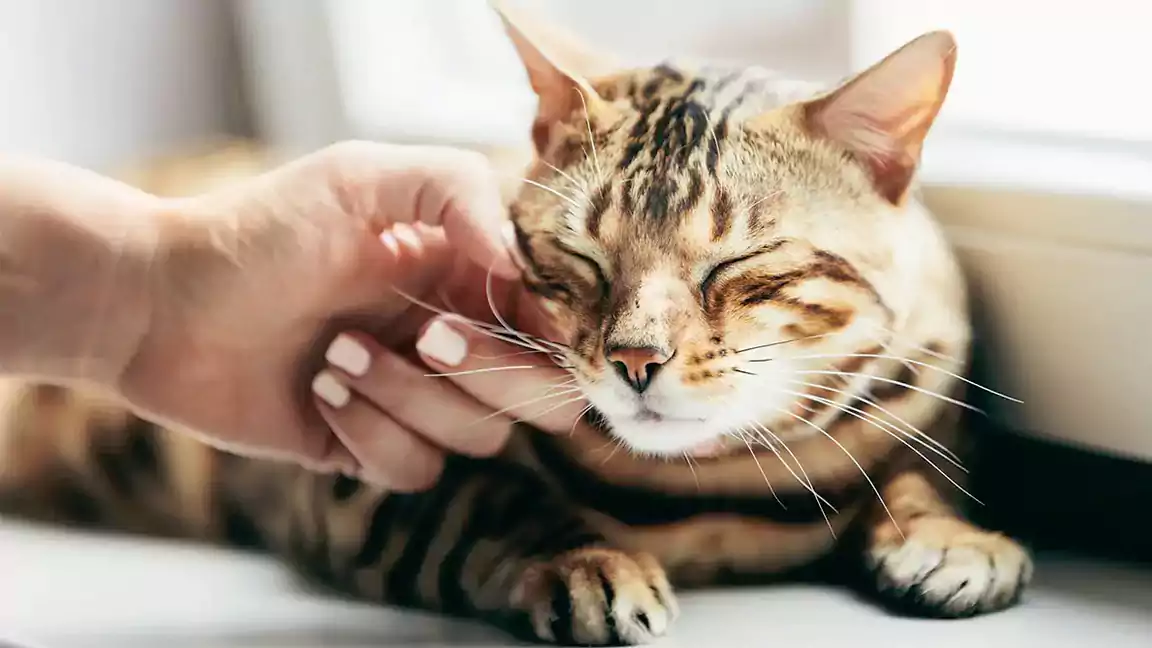
Cats belong to the family Felidae, which is known for its wide range of vocalizations. Purring is a low-frequency vocalization that cats produce by vibrating their larynx and diaphragm at a rapid rate. Scientists believe that purring may have evolved as a means of communication between mother cats and their kittens, helping them to locate each other in the darkness and providing comfort and reassurance.
As cats evolved and became domesticated, their purring may have taken on additional roles. For example, many people believe that cats purr when they are happy or content, as a way of indicating their positive emotional state. Purring may also have a calming effect on cats, reducing stress and anxiety and helping them to recover from injuries and illnesses.
Despite much research, the exact mechanisms behind purring remain a mystery. Some scientists believe that purring may have therapeutic benefits, such as improving bone density, reducing pain and inflammation, and promoting tissue regeneration. Other theories suggest that purring may help cats to conserve energy, or that it may serve as a means of attracting mates or establishing dominance over other cats.
How Purring Affects a Cat’s Physical Health
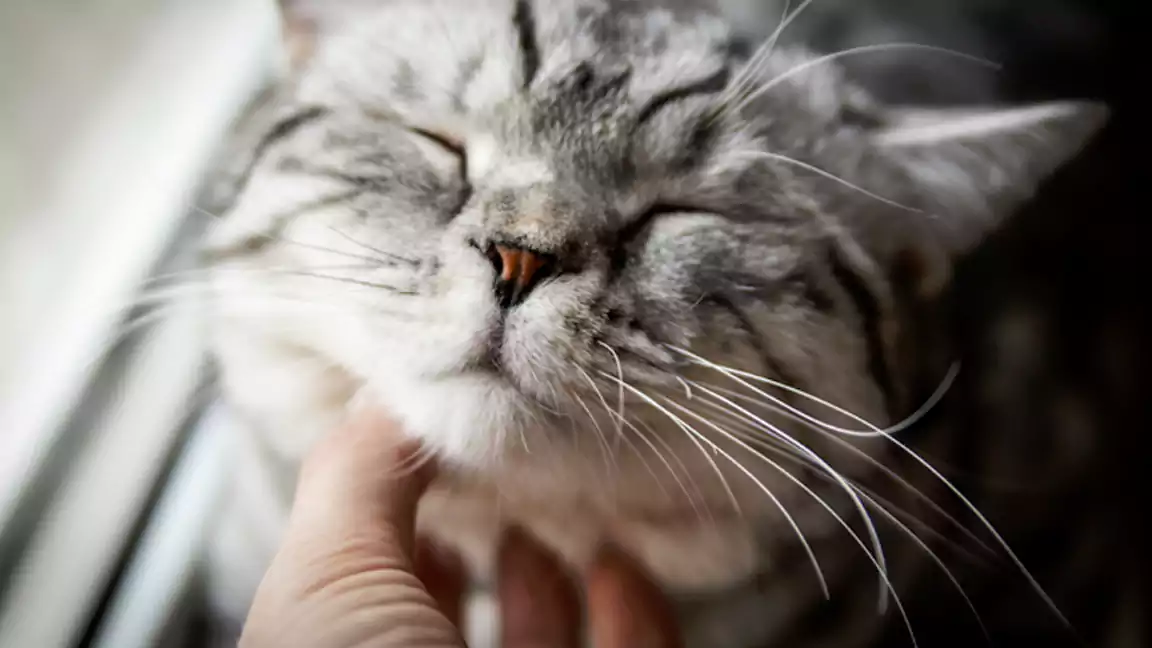
Purring is not just a cute and endearing sound, it also has a significant impact on a cat’s physical health. Studies have shown that the low frequency vibrations generated by purring can have a therapeutic effect on the cat’s body. For example, the vibrations produced by purring can stimulate the healing of bones, reduce inflammation and swelling, and improve the flow of blood to wounds. This is believed to be due to the vibration frequency of purring being within the range that promotes tissue regeneration and healing.
Furthermore, the act of purring may also help to reduce stress and anxiety in cats, which can have a positive impact on their overall health. By calming the cat and reducing stress levels, purring may help to prevent a range of health problems associated with stress, such as digestive problems, heart disease, and skin conditions.
The Purpose of Purring in Feline Communication
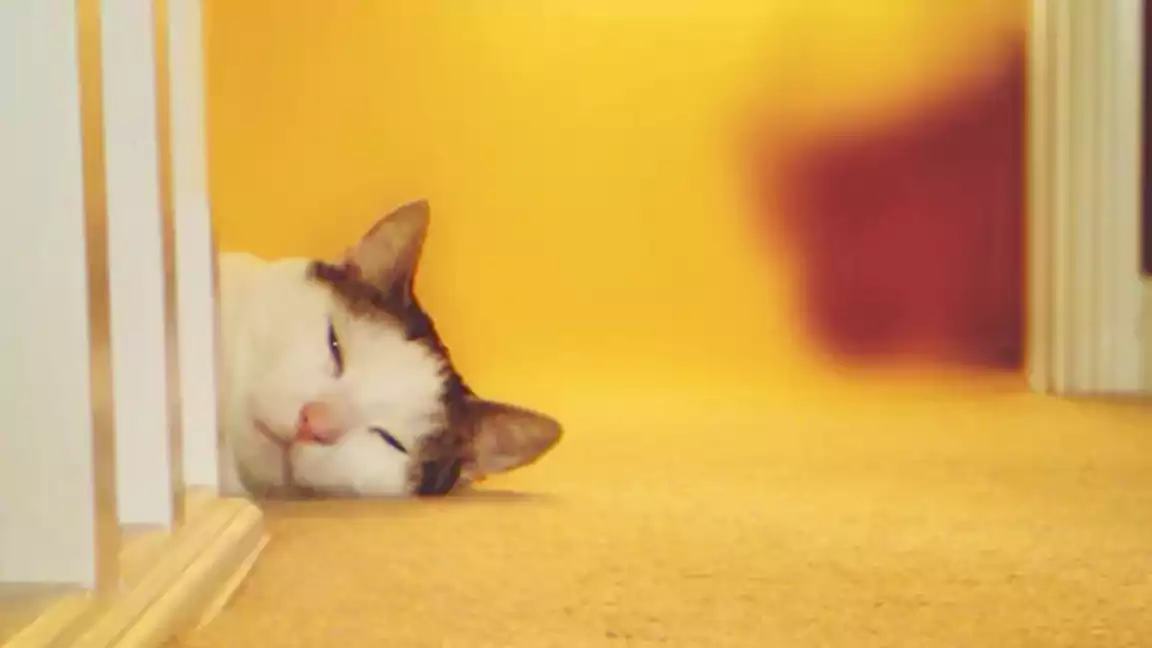
Cats are known for their unique vocalizations, and purring is one of the most distinctive and recognizable sounds associated with these animals. The purpose of purring in feline communication is not fully understood, but it is believed to serve a number of different functions. For example, some scientists believe that cats may purr to signal their presence to their mothers, helping them to locate each other in the dark. Purring may also serve as a form of self-soothing, helping cats to relax and reduce their stress levels.
In addition, cats may purr when they are in the presence of their owners as a way of expressing their contentment and trust. By purring, cats may be communicating their positive emotional state to their owners, and establishing a closer bond between them.
Purring as a Sign of Trust and Contentment
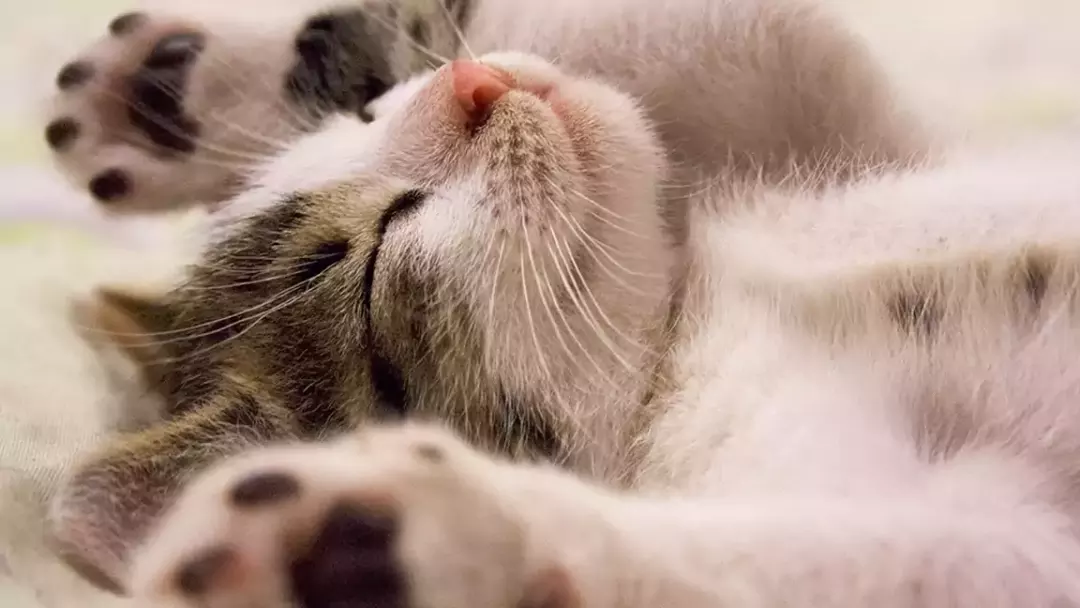
Purring is often seen as a sign of trust and contentment in cats. When a cat is relaxed and comfortable, it may start to purr, indicating its positive emotional state. By purring, a cat may be communicating its trust in its surroundings and the people around it. For example, a cat may purr when it is being petted or cuddled by its owner, indicating its enjoyment of the attention and affection it is receiving.
Furthermore, purring may also serve as a form of communication between cats and their owners, helping to strengthen the bond between them. By purring in response to their owner’s attention and affection, a cat may be expressing its trust and appreciation for the relationship.
The Benefits of Purring for Human-Cat Relationships
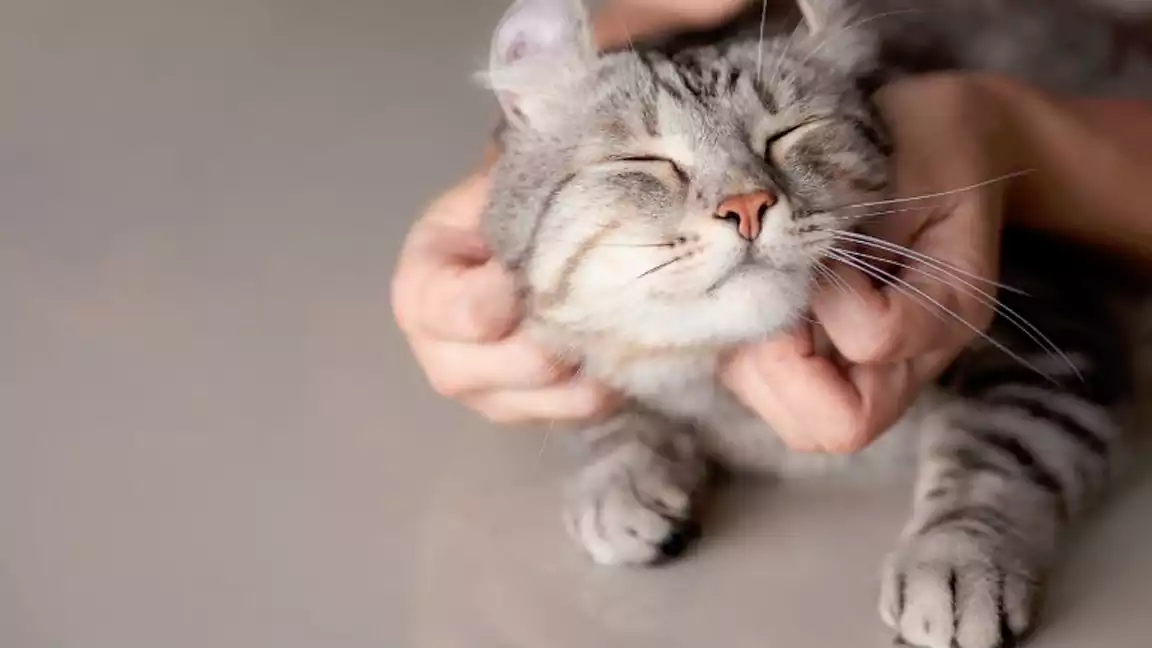
Purring can have a significant impact on the relationship between cats and their owners. As a sign of contentment and trust, purring can help to establish a closer bond between the two, making the relationship more positive and enjoyable for both parties. In addition, the therapeutic effects of purring can also have a positive impact on human health. For example, the soothing sound of a cat’s purr has been shown to reduce stress and anxiety, lower blood pressure, and promote relaxation and a sense of well-being.
Furthermore, the act of petting a purring cat has also been shown to have a calming effect on humans, helping to reduce stress and promote feelings of comfort and security. By promoting positive emotional states in both cats and their owners, purring can help to enhance the human-cat relationship and make it a more fulfilling and enjoyable experience for both parties.
Why Some Cats Purr More Than Others
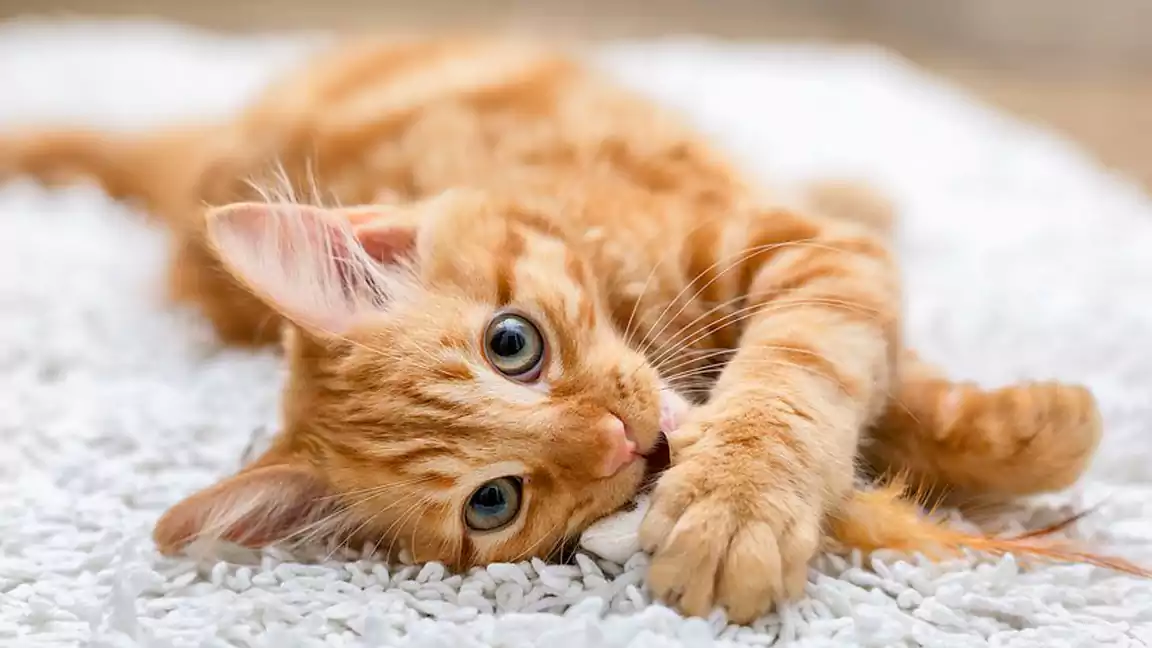
Cats are known for their purring, but not all cats purr equally. Some cats have a more robust purring habit than others. This can be due to a number of factors, including genetics, breed, age, and overall health. For example, some breeds of cats, such as the Siamese, tend to purr more frequently than others. Similarly, older cats may purr less due to age-related health issues. In addition, the amount and frequency of a cat’s purring can be influenced by the environment and their emotional state.
The Connection Between Purring and Healing
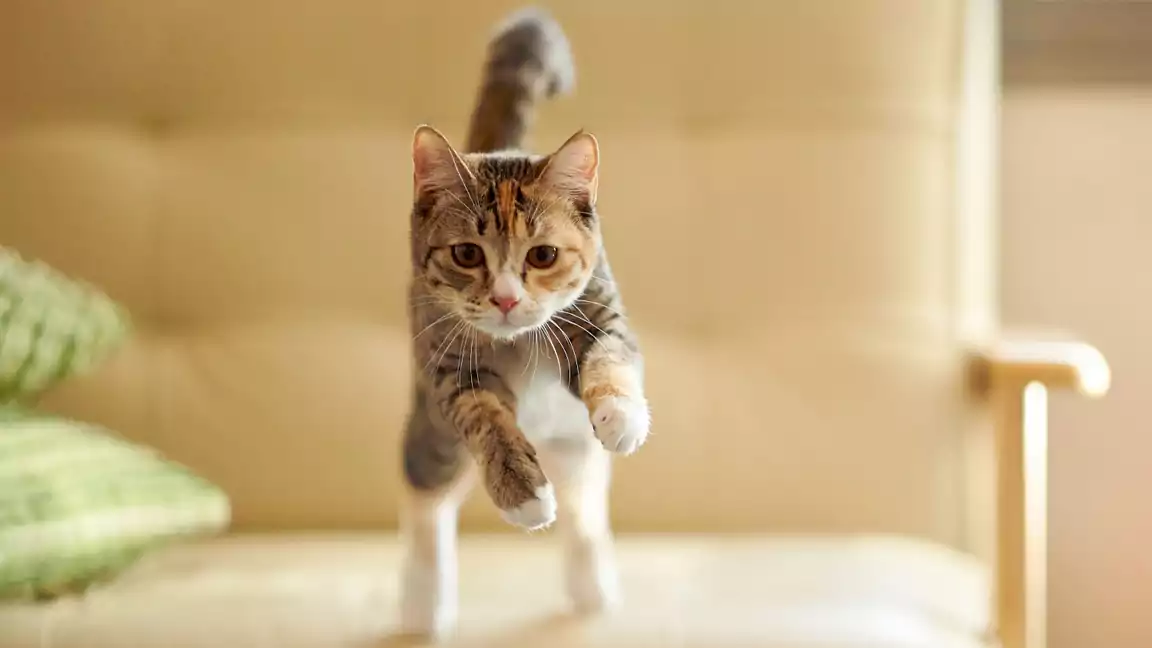
Purring has long been associated with healing and relaxation. Research has shown that the low-frequency vibrations produced by a cat’s purring can help to promote healing and reduce pain and inflammation in a number of ways. For example, the vibrations may stimulate the production of endorphins, which are natural pain-relievers, and promote the growth of new tissue. Additionally, the repetitive and soothing sound of purring may help to reduce stress and anxiety in both cats and their owners.
Factors That Can Influence a Cat’s Purring Behavior
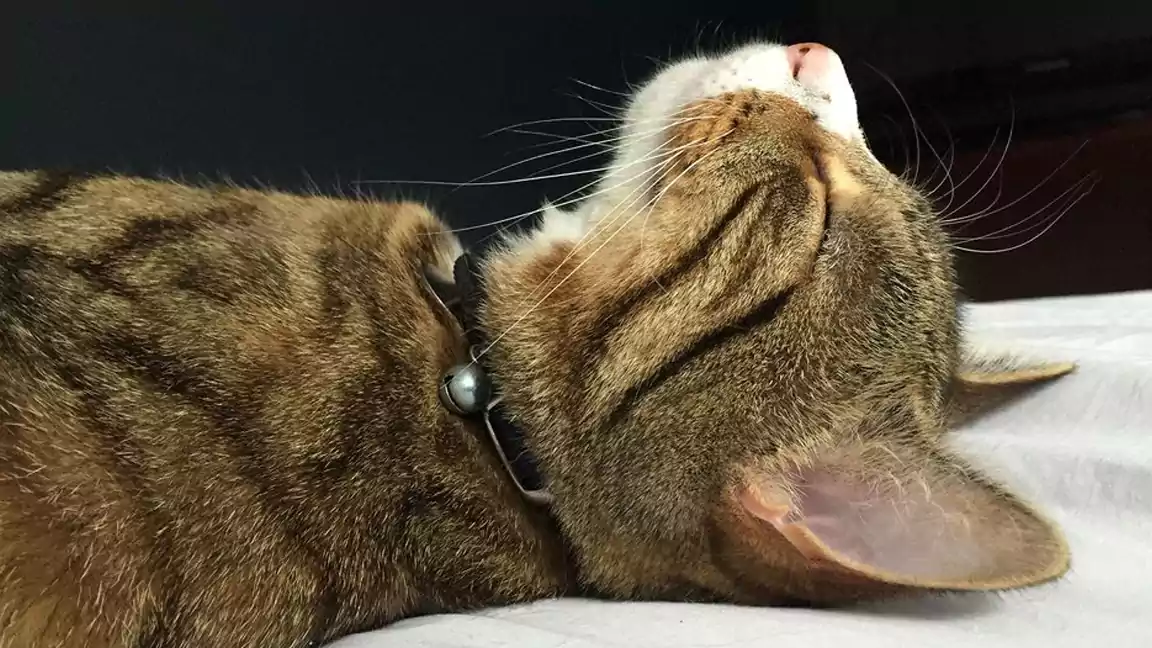
There are a number of factors that can influence a cat’s purring behavior. Some of these include their emotional state, physical health, and environmental factors. For example, a cat may purr more frequently when they are happy, content, or relaxed. Similarly, a cat may purr more when they are in pain or stressed as a way to cope. Additionally, a cat’s purring behavior may be influenced by their diet, their exposure to sunlight, and their level of physical activity.
The Mysteries of Purring: What We Know and What We Don’t
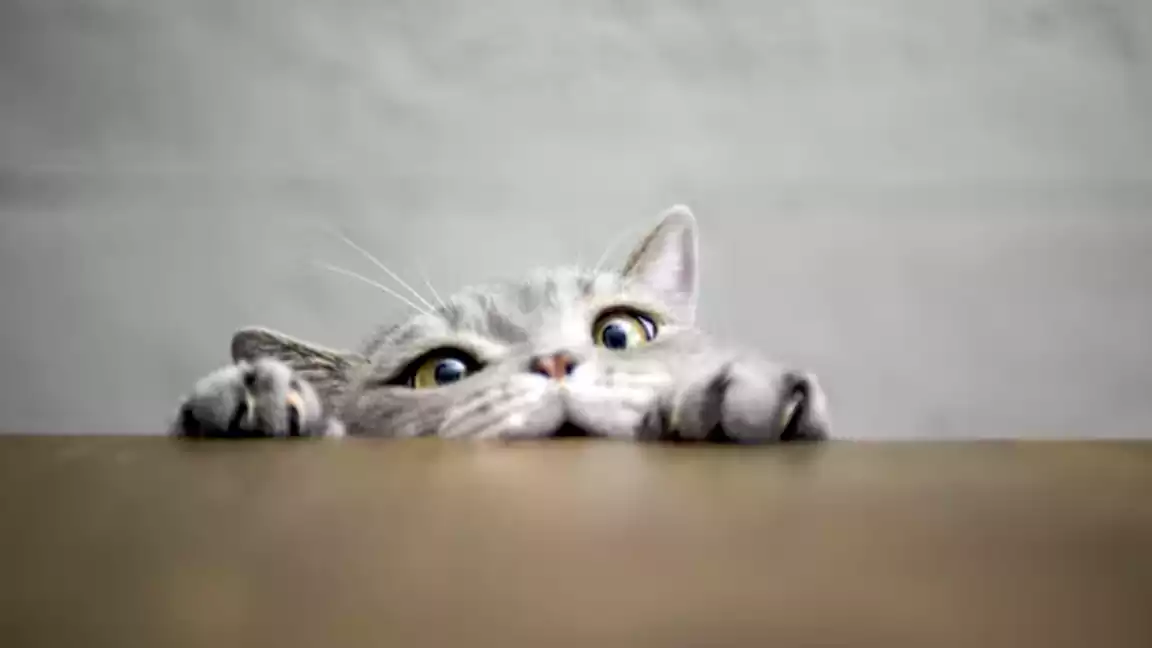
While we know a lot about purring and its benefits, there is still much that is unknown. For example, it is unclear why some cats purr more frequently than others, or why some cats stop purring altogether. Additionally, the exact mechanisms behind purring’s healing properties are still not fully understood. Despite these unknowns, the research into purring continues, and we can expect to learn more in the coming years.
The Future of Feline Purring Research and Understanding
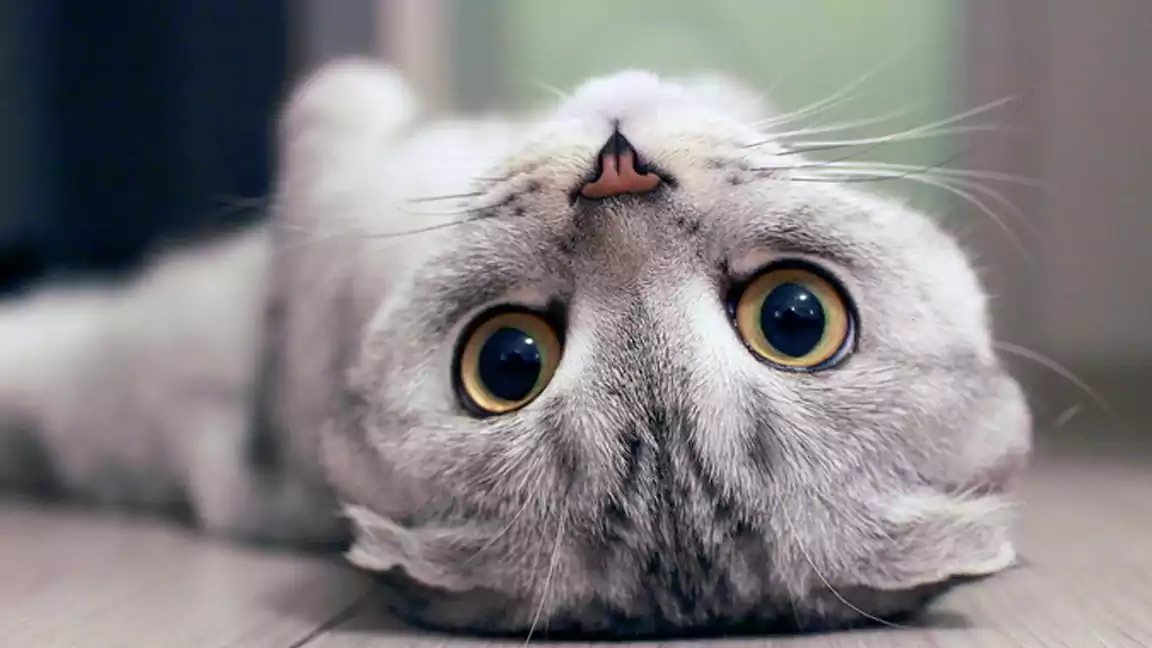
As our understanding of purring continues to grow, there is no doubt that the future of feline purring research holds much promise. In the coming years, we can expect to see more research into the underlying mechanisms behind purring, as well as its effects on both cats and their owners. Additionally, new technologies and techniques may allow us to better understand and study purring, further increasing our knowledge and appreciation of this fascinating feline behavior.
The Science Behind Purring
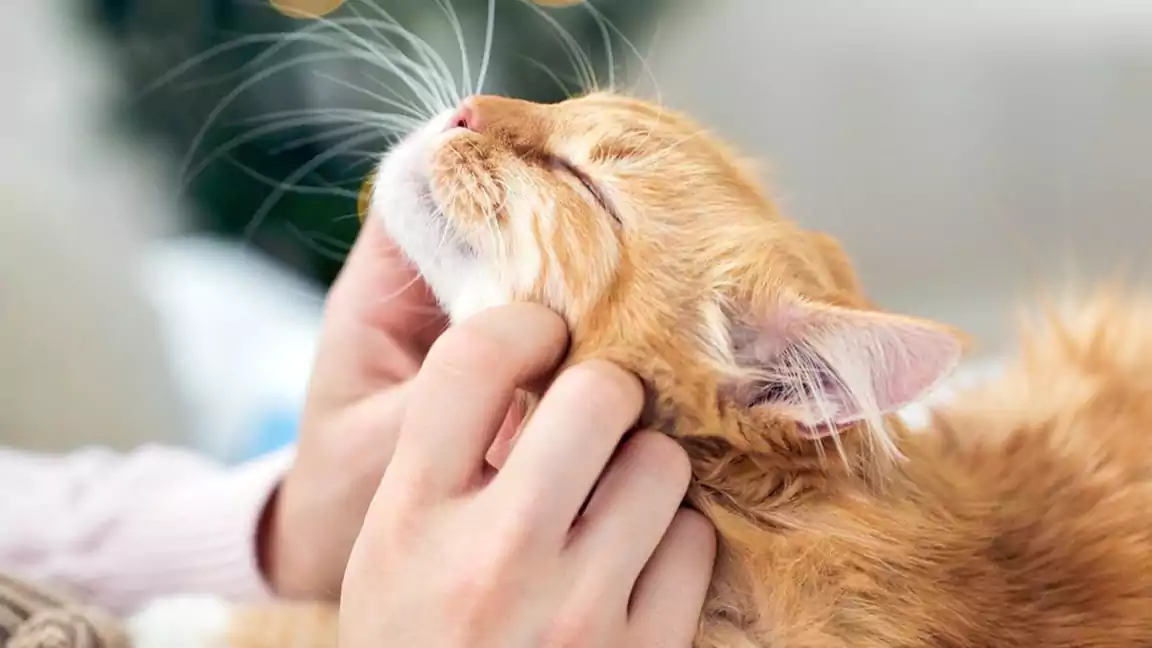
Purring is a unique characteristic of cats, and it is caused by the rapid contraction and relaxation of the muscles in a cat’s larynx and diaphragm. This rapid movement creates a vibration that produces the purring sound. The sound is then amplified by the resonating chambers in a cat’s head, resulting in the soft and soothing hum that we associate with cats.
Different Theories on Why Cats Purr
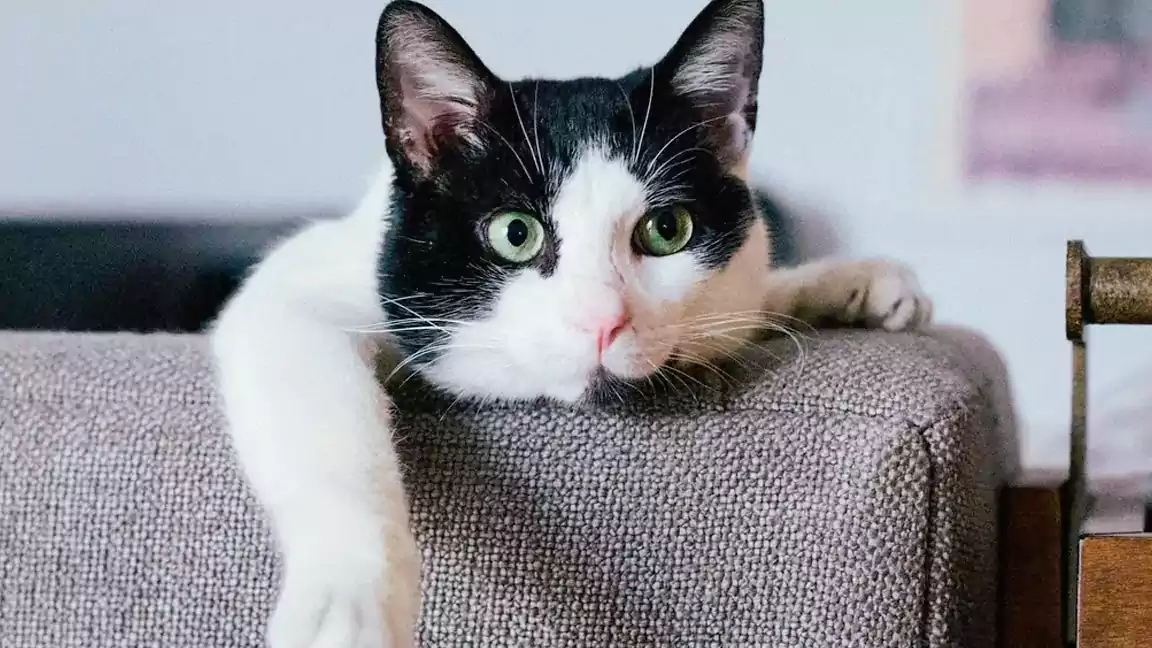
There are several theories about why cats purr, and some of the most popular include:
- Communication with humans and other cats: Some experts believe that cats purr to communicate with their owners or other cats. Purring is a way for cats to signal that they are content and relaxed, or it could be a way of seeking attention or comfort.
- Self-healing: Another theory is that purring has a therapeutic effect on cats and helps to heal their bodies. The low frequency of the purring sound is believed to stimulate the release of endorphins, which are natural painkillers, and promote the healing of bones and tissues.
- Marking territory: Some experts believe that cats purr to mark their territory and let other cats know that they have claimed an area.
- Expressing emotions: Purring could also be a way for cats to express their emotions. A content cat may purr to show their happiness, while a stressed cat may purr to signal their fear or anxiety.
What Does Purring Mean for Your Cat?
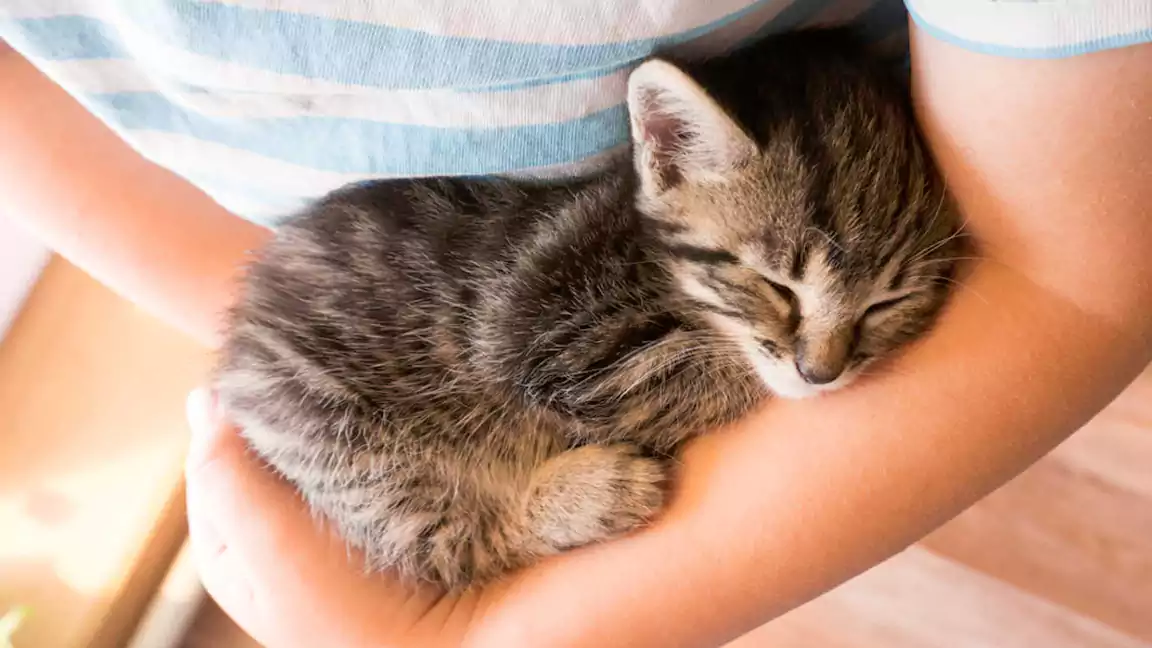
It is essential to understand what your cat’s purring means to have a deeper connection with them. Purring can have different meanings for different cats, depending on their individual personality and the situation they are in.
- If your cat is relaxed and happy, their purring is a sign that they feel content and secure.
- If your cat is in pain or feeling stressed, they may purr as a way to cope with their discomfort or to signal to you that they need comfort.
- If your cat is seeking attention, they may purr to get your attention and let you know they want to be near you.

